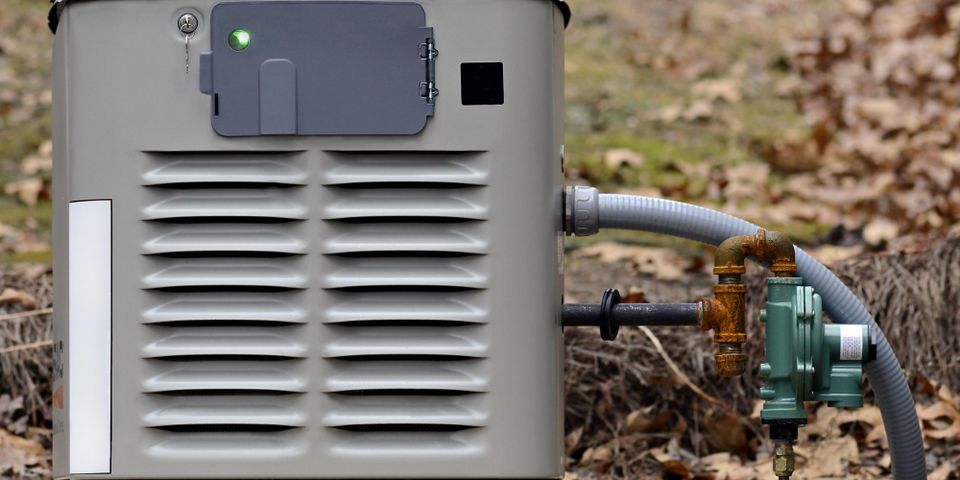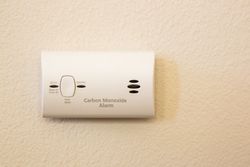
When your power gets knocked out, having a generator onsite will ensure you have the electricity needed to keep necessities running. While professional installation will prevent most hazards, you must still exercise caution around the device. Following these safety practices is a must.
How to Safely Use a Standby Generator
1. Install Carbon Monoxide Alarms in the Home
 While installing the generator at least five feet away from any windows in your home will protect your family from carbon monoxide, you should still invest in detectors.
While installing the generator at least five feet away from any windows in your home will protect your family from carbon monoxide, you should still invest in detectors.
Combination fire/carbon monoxide alarms are available to detect signs of the gas. If the alarm rings, turn off the generator, call 911, and leave the house. For your safety, be aware of common signs of monoxide poisoning.
2. Don’t Use the Wrong Extension Cords Outdoors
You may need extension cords to power outdoor appliances. However, these can pose fire hazards if they have tears or cuts.
Use only heavy-duty extension cords rated for outdoor use. Check watt and amp ratings to ensure they can handle the load. Regularly inspect these for damage, and replace frayed cords immediately.
3. Store & Add the Fuel Properly
Gasoline and diesel are common fuel sources, but both are highly flammable.
Store the fuel in safe, secure containers outside of the home. Place them in shed that doesn’t have appliances that generate heat, which could cause combustion. Always allow the generator to cool off before adding fuel to prevent hazards.
Count on Powers Guaranteed Generators in Swanzey, NH, to keep your standby generator working efficiently. Serving homeowners and businesses since 1994, their technicians are certified by the Electrical Generating Systems Association. They team provides prompt and reliable maintenance you can trust. Visit them online to learn more about maintaining your system, or call (603) 296-9066 to discuss your needs.
About the Business
Have a question? Ask the experts!
Send your question

